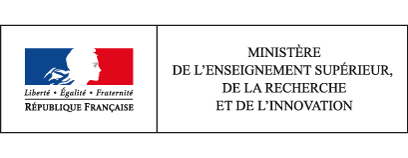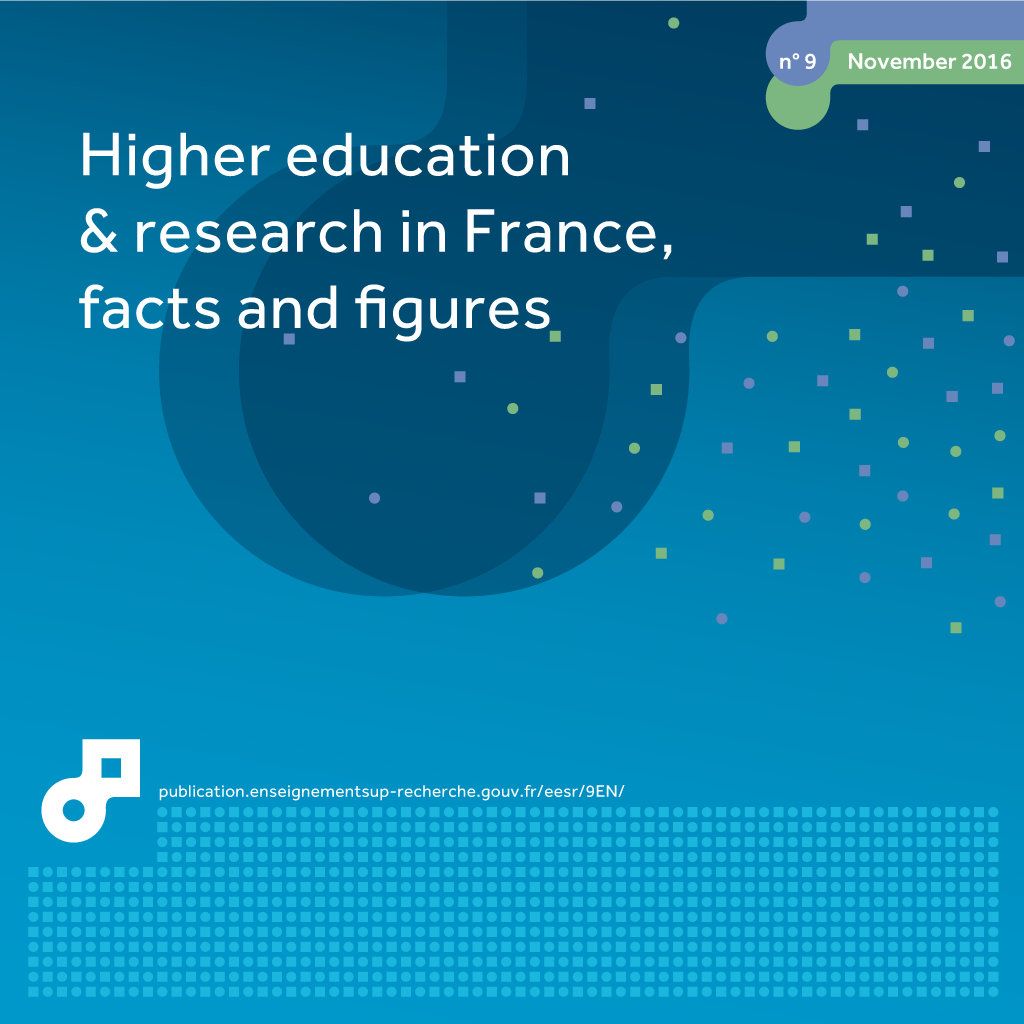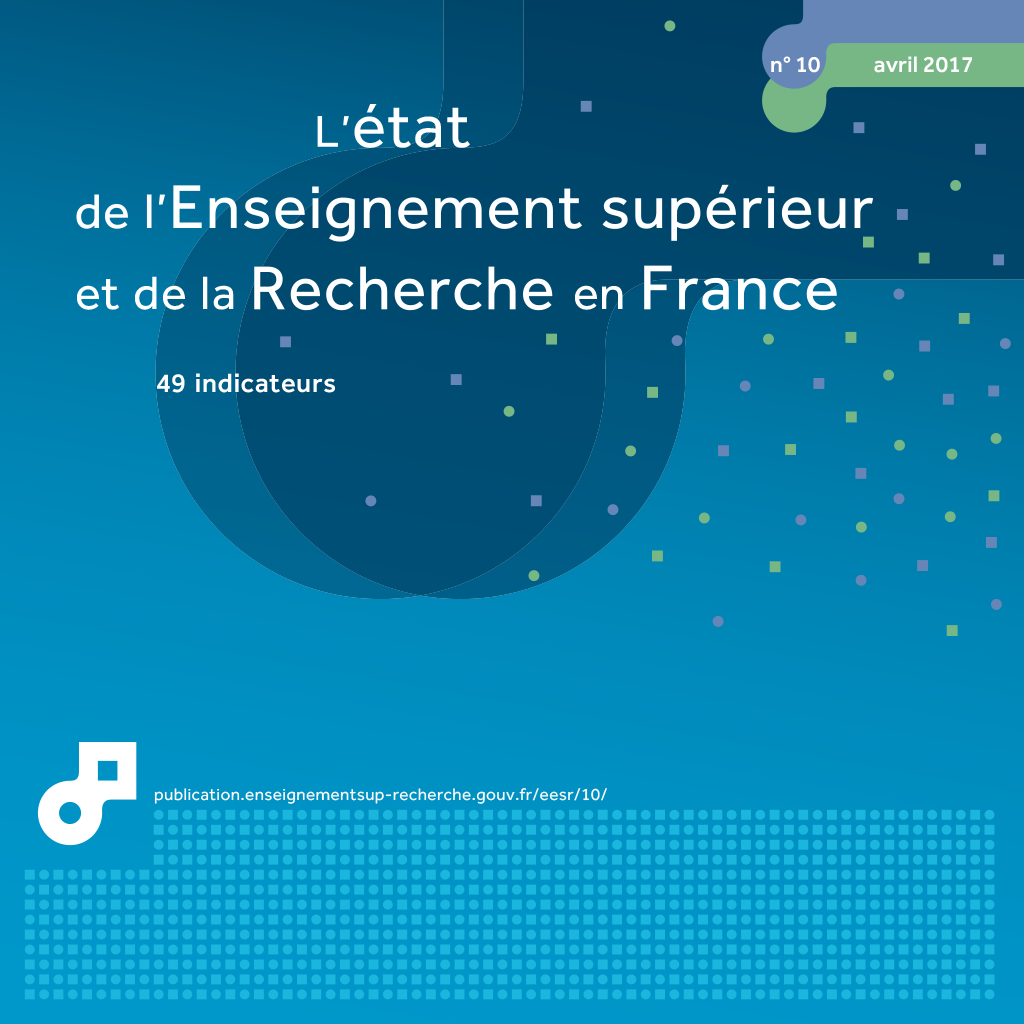 Like the previous editions, the 9th edition of Higher Education and Research in France, Facts and Figures presents an annual overview, backed up by figures, of developments within the French system, its resources and outcomes.
Like the previous editions, the 9th edition of Higher Education and Research in France, Facts and Figures presents an annual overview, backed up by figures, of developments within the French system, its resources and outcomes.
16 student life: students' financial and economic situation
Carrying out paid work significantly increases students' resources. Those in paid work during the academic year have the highest financial resources, with an average monthly budget of €750 compared to €533 for those not in work (table 16.01). With regard to accommodation, the financial resources of students not living at home are nearly two times greater than those of students living at home (€750 for the first and €376 for the second). This difference can be explained by the fact that students not living at home have to pay rent (€426 per month on average) and, in order to do this, are slightly more likely to undertake paid work and receive more family assistance than students living at home. Finally, the amount of resources also varies according to whether the students receive a grant or not, with a differential of €100 more for non-grant funded students, who get a large share of their resources from employment income (€640 on average compared to €315 for grant-funded students). More...




/https%3A%2F%2Fprofilepics.canalblog.com%2Fprofilepics%2F1%2F0%2F1076071.jpg)